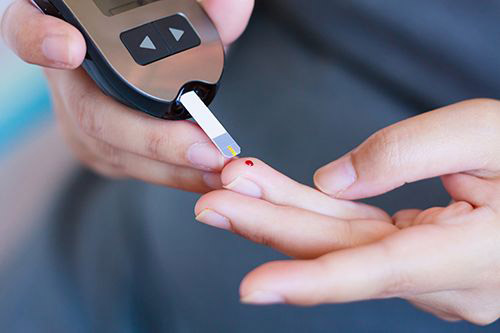
There are two types of diabetes – type 1 and type 2. Type 1 diabetes occurs when there is not enough insulin because the cells that make insulin in the pancreas have been destroyed. Type 2 Diabetes occurs usually due to a combination of insufficient insulin release and insulin resistance. Insulin resistance refers to ineffective use of insulin; essentially your body does not fully recognize insulin. In both cases, your blood sugar levels will be increased. Increased blood sugar levels can cause a number of complications. These complications may be immediate or occur as a result of damage that occurs over a long period of time. Some immediate problems can be increased thirst, urination, weight loss, and blurry vision. Some long term side effects of untreated diabetes can be numbness and tingling in your feet, poor digestion and even heart attack, stroke and blindness. It is important to understand and treat diabetes in order to prevent all of these complications.
- Increased thirst
- Increased urination
- Blurry vision and even blindness
- Numbness or tingling in your feet
- Heart attacks
- Stroke
